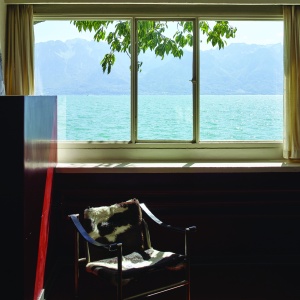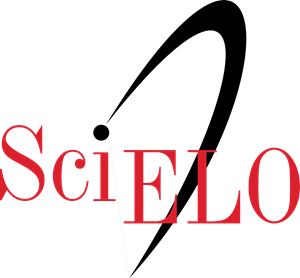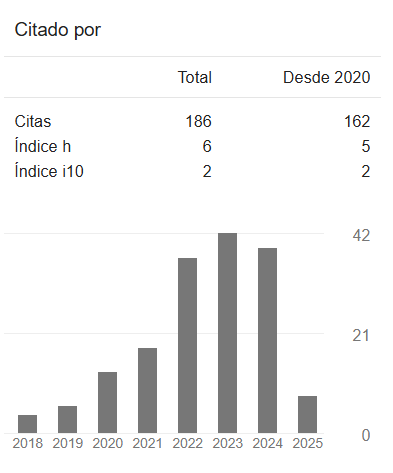Tourism and heritage
Roquebrune-Cap Martin territory
DOI:
https://doi.org/10.35305/23626097v5i8.110Keywords:
tourism, heritage, preservation, Le Corbusier, CabanonAbstract
This article is based on the presentation of M. Michel Richard at the 3rd International Architecture Workshop 2017: Tourisme et patrimoine. Le territoire de Roquebrune- Cap Martin. This event was organized in France by the Designing Heritage Tourism Landscape Network in September 2017. As Director of Le Corbusier Foundation and expert on both his works and their preservation, Michel Richard leads to the reflexion on the challenges that mass tourism entails for them. He deals with Cabanon, Villa E-1027, Unités de Camping and Le Corbusier’s studio which were meant to be spaces for private life, i.e., intimate architectures.
Richard focuses on the contradictions between the need to raise awareness of heritage (along with the potential resources proposed for its preservation) and the obligation to protect it from the logical consequences of public access.
Downloads

Published
How to Cite
Issue
Section
License
Open access policy
A&P Continuidad is a non-profit and open access publication. According to Mexico Declaration on Cultural Policies, the journal distribution is submitted to Creative Commons Attribution-Noncommercial-ShareAlike 4.0 International Public License (CC BY-NC-SA). “Neither the commercial use of the original work nor that of the possible derivative works are allowed. The distribution of derivative works should be submitted to the license regulating the original work. This license is not free.”
A&P Continuidad authorizes the partial or full reproduction of texts and graphs provided that the source is cited. Authors are exclusively responsible for the criteria expressed in the articles which do not necessarily reflect the opinion of the Editorial Committee or that of the Direction Board. The copyright of the published articles pertains to their authors or publishers.
Transfer of rights
The acceptance of an article to be published implies the author’s transfer of rights to the journal. Authors continue to have the right to use the material in future books or publications, approve or veto the republication of their works as well as the rights related to patents or other rights. Transfer of rights form may be downloaded here.





























 This OJS site and its metadata are under a
This OJS site and its metadata are under a 

